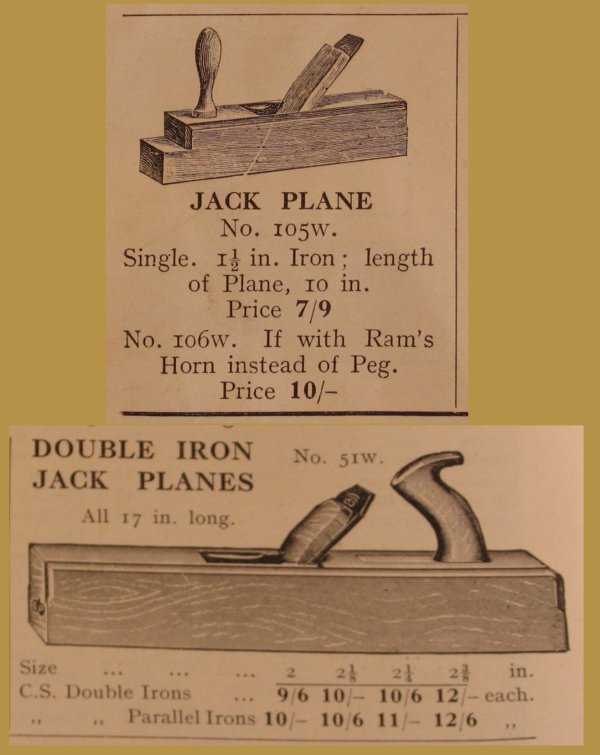richarnold
Established Member
Hi, I notice there has been some discussion about scrub planes of late. I'm not sure when they first appeared, but as far as I know, there is no reference to them in the 18th century. I can only presume that all the rough work was done with the jack plane. As planes go the jack must have had the hardest life of any plane, and subsequently early examples just don't crop up. I have always been led to belive that the early jacks not only had a heavily cambered iron, but that the sole was also similarly shaped. Last week i had the chance to visit my old friend, Brian Jackson, and he had very kindly been saving a plane for me for some time. Brian knows what a nutter I am when it comes to early planes, but i don't think he had any idea how pleased I would be with this one. I know some people wouldn't give this house room, but to me it just screams history, and more importantly some long forgotten craftsmans love of a plane that he just could not let go off. Have you ever had a pair of shoes, or boots that are so far past there sell by date, but are so comfortable, that you carry on wearing them long after they should have been in the bin?. Well i feel this plane must have been a bit like that for our long dead craftsman. This plane proberbly started off being about 3 inches deep, but it's only about 1 5/8 at the toe end now!!. The patina, and wear patterns where he held the plane are just incredible. after cleaning the pane in the workshop today, I couldn't resist just giving this old boy one last work out. I found a nice peice of redwood, set the blade, didn't even sharpen it, and just ripped through that softwood as though it was butter. After that, I locked up the workshop, and drove home, feeling happier than i have in a long time. So a big thank you to Brian, and to a long forgotten craftsman for not consigning this one to the log pile.












